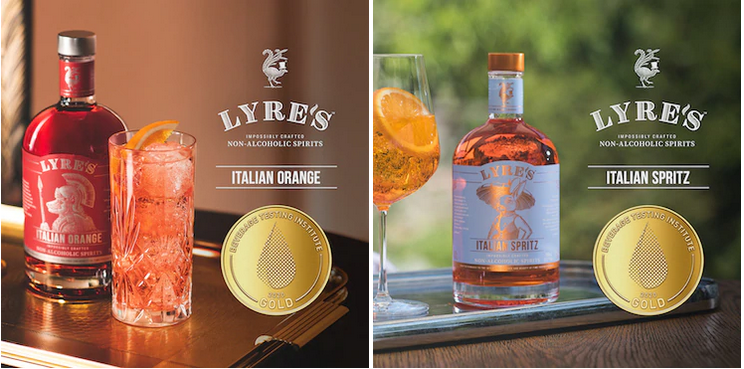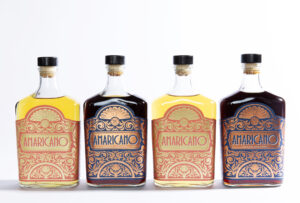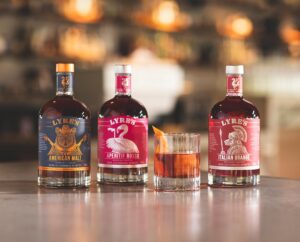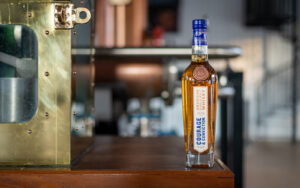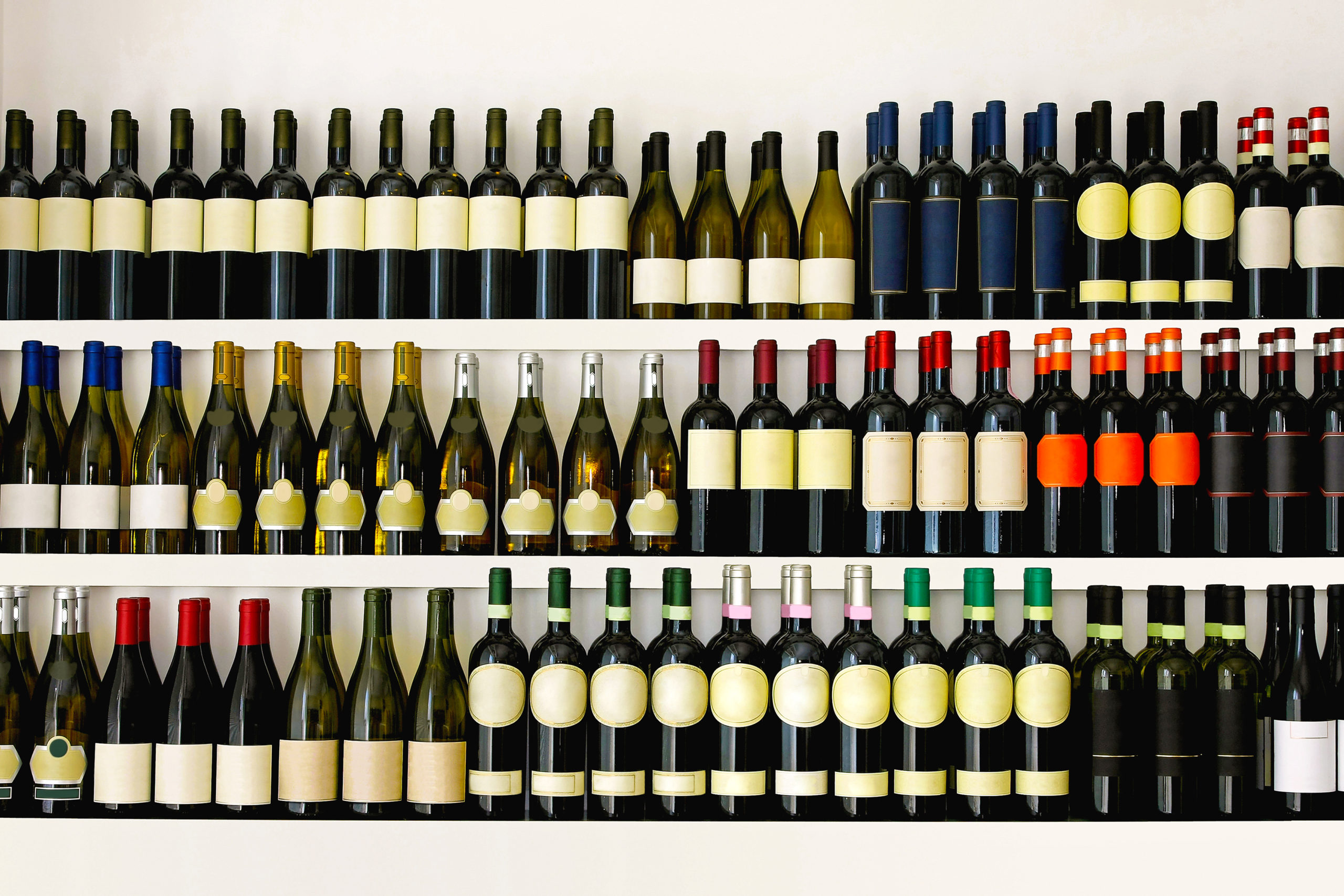Today is King Gambrinus’ birthday – and rather than drink an entire cask of beer, as he so cleverly once did to more easily win a barrel lifting contest, let us celebrate this mythological personification of beer culture by paying homage to those dedicating their lives to ensuring historical and traditional beer styles maintain integrity in this very chaotic adult beverage world.

In the current state of craft beer, one that sees vast innovation in contemporary styles like pastry stouts, smoothie-inspired sour beers, and 90’s style Fruited Malt Beverages making a major comeback as seltzers, it is nice to see a slow but steady increase in production and enjoyment of the far less showy Lager. A revert back, if you will, to the complexity that can result from the use of simple ingredients, traditional recipe writing, and the desire for sustainable nourishment. This concept in beer making dates back as far as 4000 B.C. with Ninkasi, the Sumerian goddess of brewing, both as brewer to the gods and provider for the mortals. The cultural significance of traditional beer making extends through European and African prehistory as specific deities, saints, and mythological characters embody the juxtaposition of beer and brewing to agriculture, harvest, and celebration.
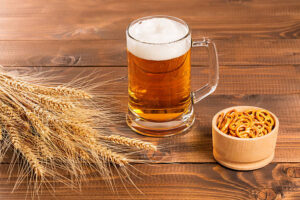
Resurgence of Lager in American Craft Beer
The past ten years in American craft beer has seen a significant shift in craft Lager production with Lager-only producers like Hanabi in Napa, CA (established 2020), Bierstadt Lagerhaus in Denver, CO (est. 2016), and Goldfinger in Downers Grove, IL (est. 2020) – whose entire catalogs are devoted to exploring variability in the cold-fermented world – and breweries looking to add dimension to their repertoire. Arguably, these old-world styles tend to be a riskier undertaking due to their delicate nature and susceptibility to showing flaws, higher opportunity costs associated with a longer fermentation period, and lack of hype-driven ingredients such as an excessive hop load, lactose, and fruit flavors that so often ensure sales success.
This increase in both accessibility and availability is as much a function of brewer preference as sustained consumer demand amplified by the sheer number of modern breweries. Yes, brewers want to brew lager beer to reclaim tradition, and most want to educate their consumers on this history, while consumers want to drink a more flavorful variation of a less intimidating beer style. Put simply, people want something akin to a macro-produced adjunct Lager from a small and local brewer. This begs the question: how did craft Lager beer find its footing in a beer culture dominated by easily accessible macro Lagers and buzz-worthy hazy IPAs, pastry stouts, and sour beer?
As more and more breweries open their doors to the public and enter into regional and national distribution, retail becomes bogged down with limited shelf space and infinite options. Therefore, a brand that was once someone’s “go to for the style” now has ten new competitive brands. Brand velocity slows down, beer production lessens, and serendipitously more tank space becomes available for slow Lager fermentation.
In addition to time availability, raw material accessibility will influence what a brewer should and should not brew. With today’s excessive use of new world, aroma driven hops for dry-hopping in the creation of less bitter, juicy, tropical fruit forward and dank IPAs, availability can be scarce and cost prohibitive. European-style Lagers offer an alternative for hop-friendly makers and drinkers who prefer a lighter palate, balanced bitterness, and complexity all while showcasing a more readily available, non-haze-beer-friendly, old world noble hop bill. Rather than pineapple and orange Dreamsicle tasting notes, brews showcase a more earthy palate profile dominated by floral and herbal notes that pair beautifully with the often bready and lightly toasted grain character.
Perhaps most acutely connected with the rise in Lager brewing and drinking – and by far the most encouraging to consider – is the yearning for a Eurocentric beer culture and the old-world nostalgia of a drinking paradigm deeply connected to agriculture and harvest, beer as sustenance, seasonal change, and the celebration thereof. We see it in our stateside fall Oktoberfest festivities celebrating the release of Märzen-inspired, amber-hued Lagers and other offerings as crisp as fall leaves on the ground as well as the seasonal shift to spring bock beer as the weather gradually warms. Lenten lager and other nourishing beer styles like Doppelbock and Maibock later in the season has become as apropos to American craft culture as the Oktoberfest beer is come summer’s end.
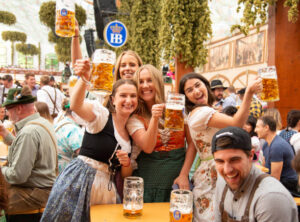
If you are looking for some great Lager style beers here are some of the best options that we have recently tasted at BevTest, as well as a few Spring seasonal suggestions from some of our friends.
Dovetail Brewery Chicago, IL
From the brewery: “German, Czech, and Belgian styles. Traditional Methods.”
Dovetail has been showcasing authentic brewing tradition in the Ravenswood neighborhood since 2016 when it first opened its doors. In addition to excellent beer, Dovetail offers an exceedingly comfortable, pub-like tasting room, proper glassware, oversized soft pretzels and landjäger to complement, and a brewhouse that houses a copper holding vessel that was once used in the Weihenstephaner teaching and pilot brewery.
Recommended Seasonal Release: Maibock, 6.3% abv
Brewed every year in January so it gets its minimal three-month fermentation hibernation, this bready lady emerges just in time for the annual “Mayfestiversary” in which Dovetail celebrates both the spring thaw and its birthday.
Goldfinger Brewing Downers Grove, IL
From the brewery: “A revived 19th century lager beer tradition. Horizontal tanks, natural carbonation, extended lagering, and decoction brewing”
The founders of Goldfinger have beer deep in their blood as they come from a brewing tradition that dates back to the 19th century in Prague and Poland. No wonder their Grodziskie is so perfectly delicious. As one of two lager-focused breweries to enter the market in 2020, this family-driven producer finds passion in brewing fundamentals and the dependability and simplicity of their thoughtfully produced lager beer.
Recommended Seasonal Release: Zlotonator Dopplebock, 7.66% abv
Doppelbocks were traditionally brewed by German monks for sustenance during times of fasting and this rendition of the style is perfect for such with a fresh baked bread aroma and a rich malt backbone that offers nuances of molasses, raisin, and fig. Complexity increases with each sip as caramelized grain dances with a balancing, earthy hop bitterness and mellow alcohol warmth.
Metropolitan Brewing Chicago, IL
From the brewery: “Brewing German-style lagers in Chicago since 2009”
Metropolitan opened its doors in 2009 as one of the first breweries in Chicago to not only argue the importance of both lagered beer and traditional brewing, but also the need for it in the city. The taproom is large and accommodating and the riverfront patio is perfect for a retreat from the hustle and bustle. This pro-lager culture brewery has even had a hand in producing and reintroducing pre-prohibition stalwart, Conrad Seipp Brewing Company, and has kept this historic brand on retail shelves since 2020.
Recommended Seasonal Release: Dynamo Copper Lager, 5.6% abv
Urban Chestnut Brewing Company Saint Louis, MO
Between a smaller German-inspired taproom and biergarten nestled in amongst the SLU Midtown campus and the much larger production facility and bierhall in the boisterous Grove neighborhood, Urban Chestnut has been inundating Saint Louis beer drinkers with excellent lager beer in Anheuser Busch’s backyard since 2011. In fact, a third location has recently opened in the Hallertau region of Germany near it’s brewmaster’s hometown. No wonder offerings like Zwickel Bavarian lager, Stammtisch German-style pilsner, Dorfbier Munich dunkel, and Freundschaft copper lager are a favorite amongst local imbibers.
Reccomended Seasonal Release: Balkan Germen Helles
Hanabi Brewing Company Napa Valley, CA
For the first time in over 100 years, a craft brewer has the opportunity to put their heads together simultaneously with farmer and maltster, to grow and create something together where decisions can be made throughout the process, literally from planting the seeds in soil, all the way through to serving the beer in the glass.
Recommended Seasonal Beer: 2023 Spring Release
Featuring locally grown grains, malted by Admiral Malting just down the street from the brewery. A true farm to bottle experience every step of the way, and just 9 miles away from where Alice Waters and Chez Panisse began the farm to table movement back in 1971.

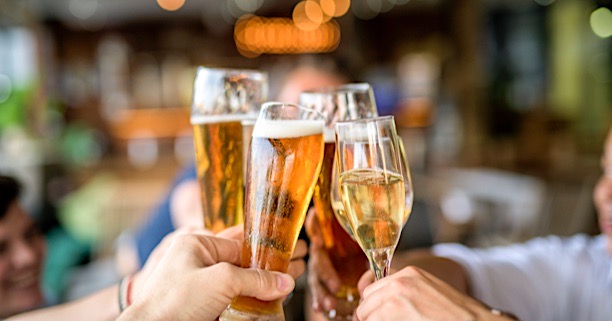

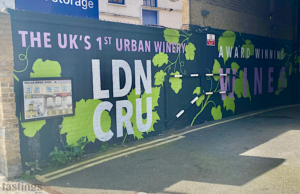
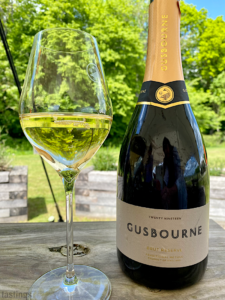

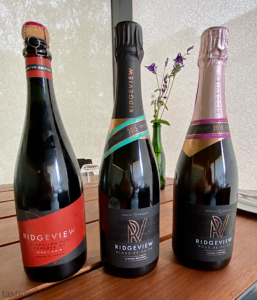
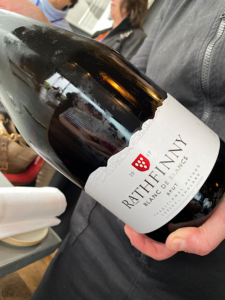
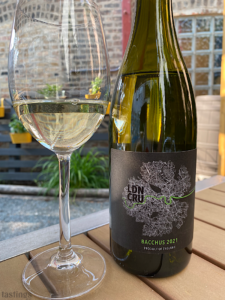
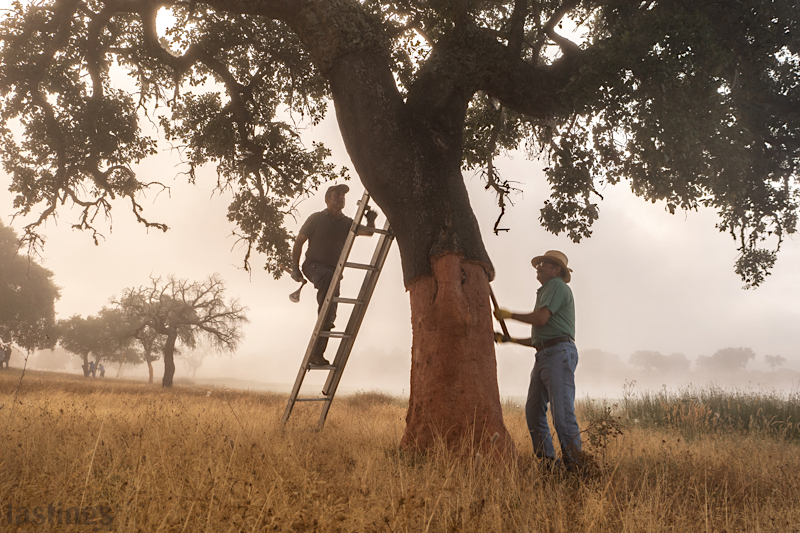
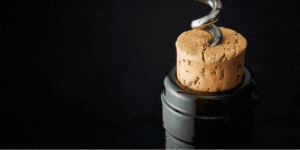

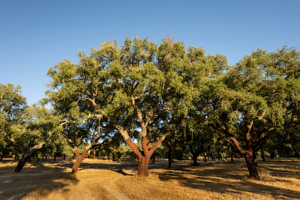
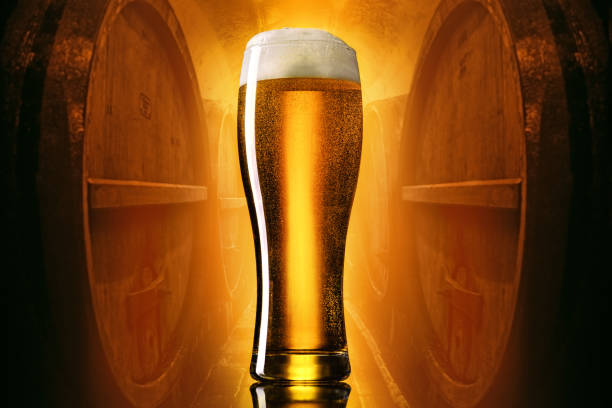



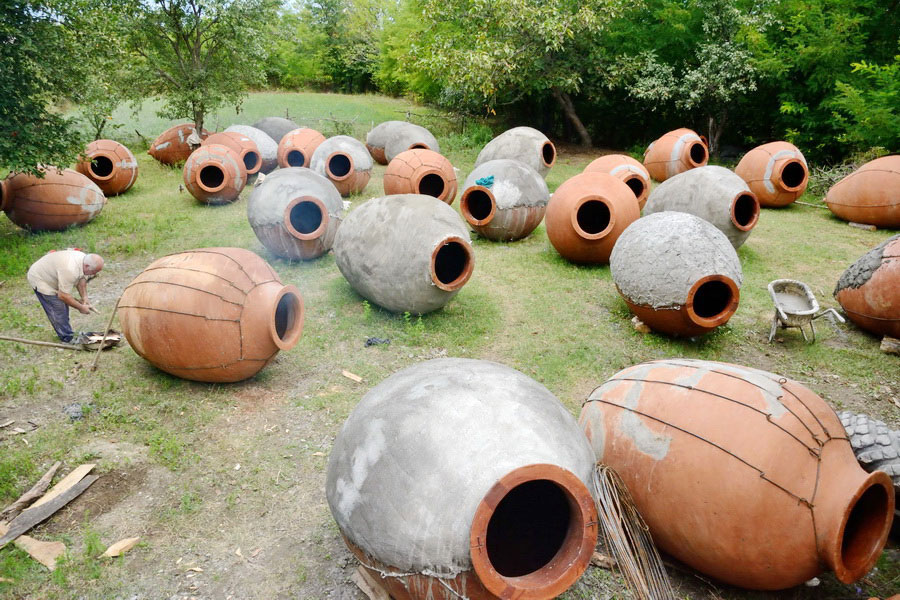
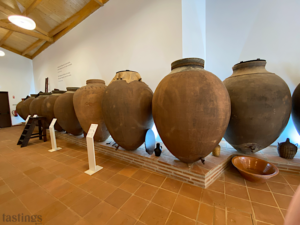
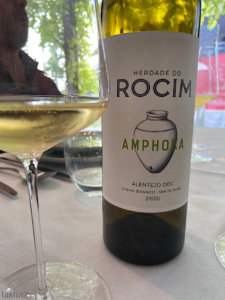

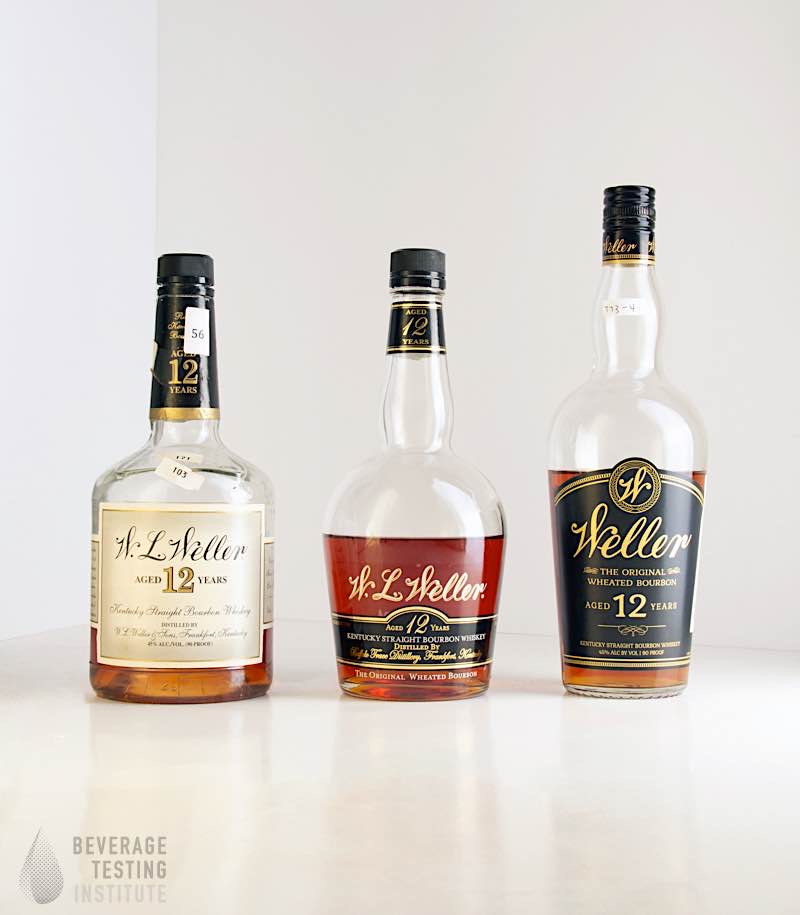


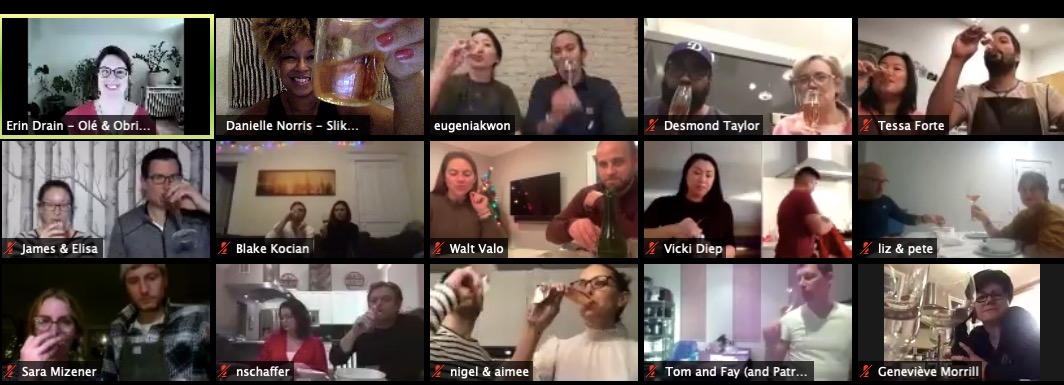

 In addition to seeing clients immediately purchase the products their tastings have introduced them to, both Quinn and the Slik team feel that the level of approachable and familiar engagement that exists in the virtual tasting sphere creates a highly-coveted intimate relationship between brand and consumer. “[Consumers] need someone to say ‘this is delicious, you gotta check it out, you’re gonna love it,'” which Cheslik says naturally leads to people going out and saying ” ‘I remember us having that and now I feel comfortable [buying it].'” The sometimes-intimidating atmosphere of a tableside somm (where often the standing professional is literally talking down to the seated self-effacing guest) is hence transformed into a casual, cordial conversation between co-humans that are alike in their potable passion.
In addition to seeing clients immediately purchase the products their tastings have introduced them to, both Quinn and the Slik team feel that the level of approachable and familiar engagement that exists in the virtual tasting sphere creates a highly-coveted intimate relationship between brand and consumer. “[Consumers] need someone to say ‘this is delicious, you gotta check it out, you’re gonna love it,'” which Cheslik says naturally leads to people going out and saying ” ‘I remember us having that and now I feel comfortable [buying it].'” The sometimes-intimidating atmosphere of a tableside somm (where often the standing professional is literally talking down to the seated self-effacing guest) is hence transformed into a casual, cordial conversation between co-humans that are alike in their potable passion.